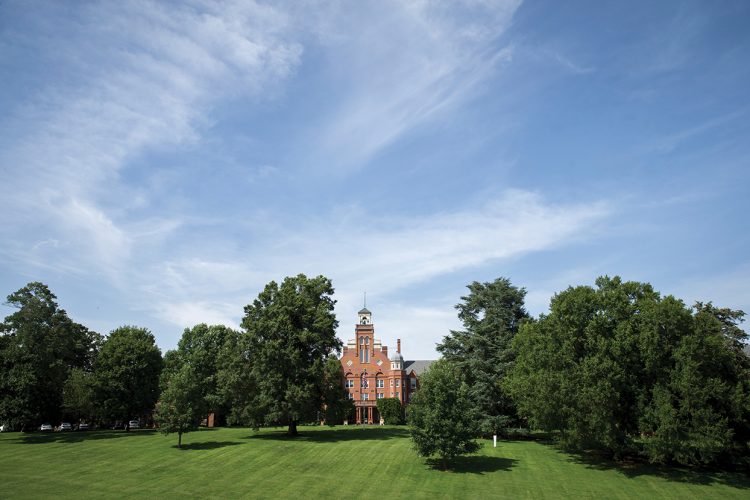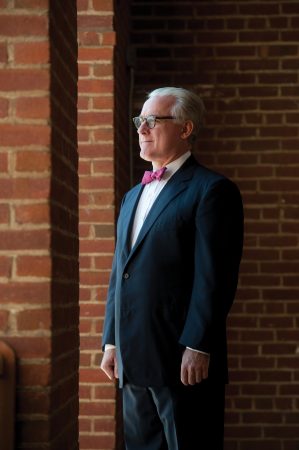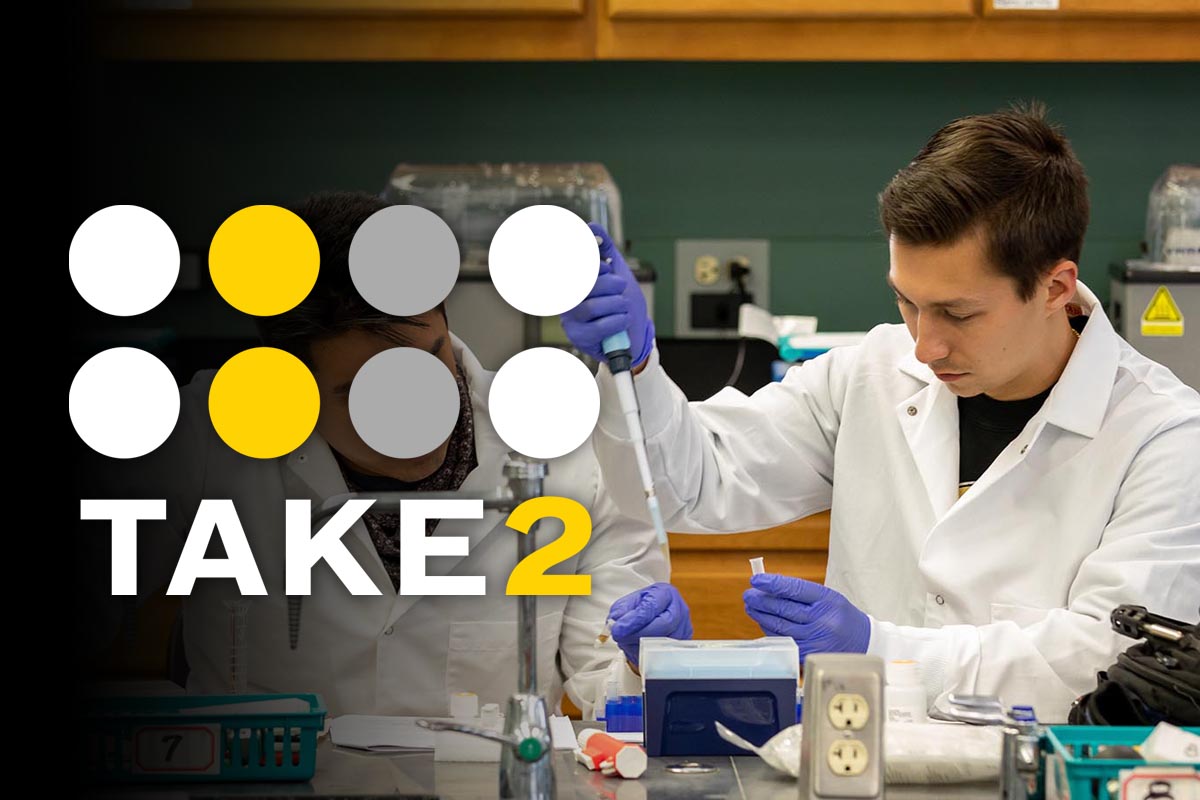Positioning Randolph for the Future: A College Update by President Bradley W. Bateman

In the decade since the global financial crisis of 2008, liberal arts colleges have encountered increasing challenges. While all colleges and universities have had to deal with a significant drop in the number of high school graduates, liberal arts colleges have also confronted a serious challenge to the validity of their traditional mission, as well as to their pricing model. As a result, each of us has had to become more nimble and find new ways to remain financially viable. At Randolph College, we have faced these challenges critically and creatively.

Randolph College President Bradley W. Bateman
One of the most important ways that Randolph has responded is to re-affirm our traditional identity: we are a close-knit community that is bound by a dedication to living together honorably, and we offer a traditional liberal arts education. These two facts have been central to who we are since our founding, and they continue to define who we are today. I believe that every constituency at the College is dedicated to these two principles, including the Board of Trustees, the faculty, the staff, the students, and our alumnae and alumni.
We have also worked hard to promote the fact that a liberal arts education is the best preparation for a lifetime of meaningful employment. Of course, our alumnae and alumni know that it is much more than this, but in the current national environment we have had to work hard to disabuse people of the idea that a liberal education is somehow impractical and does not prepare people well for a good job. We have addressed the question of how we prepare our students for their careers in our recruiting materials and the ways that we engage prospective students when they visit campus. This year, we also added a new position, the alumni network coordinator, to help strengthen connections with our current students as they look for internships and employment.
Another important aspect of our response to these challenges has been to begin the process to revitalize our beautiful campus. For instance, this summer we will complete three years of work to replace and renew our electrical systems and heating plant. In addition, this past fall we hired architects to help us plan the renovation and expansion of the Martin Science Building, and we should have those plans sometime later this spring.
Even more importantly, we have continued to strengthen and improve our academic program. The faculty has initiated a new major in museum and heritage studies, approved a new M.F.A. in creative writing, and re-introduced our computer science minor. They have also completely revamped and streamlined our general education requirements. As a part of that reform, we will introduce a new “common experience” course next fall for all first-year students. Two years ago, we began offering summer courses online. This program is expected to expand this year.
As we continue the work of becoming a 21st century liberal arts college, however, we must also critically evaluate how we operate. Everything we do has to be examined to ensure that it is done efficiently and effectively. We cannot ask donors to support renewal and expansion if we do not continually examine how we use the resources we already have at our disposal.
One of the programs we have been forced to review is our program in Reading. Last summer, we received word that the University of Reading was planning to significantly raise the cost of the courses that our students take at the University. Since that original announcement, we have been able to negotiate to lower the increase, but the program’s finances are still under active review by the Board of Trustees.
We cannot afford to wait for external shocks to look more closely at what we do and the viability of our programs. We must look carefully at programs that are a high cost to the College in relation to the revenue they produce. We must be proactive in determining what is critical for our mission, and we must make sure that each thing we do, we do excellently.
In this spirit, the Board of Trustees decided at its February retreat that it will undertake a full review this spring of the financial viability of the Riding Center, which has been a challenge for many years. Despite much effort on the part of our staff, student interest in this program continues to decline while its cost increases. When all revenues and costs are weighed, the program requires a subsidy of more than $350,000 a year, or over a million dollars every three years.
Over the next several months, the Board will explore various options related to the Riding Center operations. It is important for us to continue to be strategic and forward thinking in all that we do. If we want to ensure Randolph’s financial future long-term, it is vital that we—and the Board of Trustees—be good stewards of the College’s resources.
We believe it is important to share these types of issues with our community before decisions are made, and we appreciate your engagement with the College and welcome your thoughts as we begin to study the options available to us. The Board of Trustees understands that any outcome will require careful thought, study, and reflection. We will share more information as the process moves forward.
Tags: Bradley W. Bateman, Vita 2018 April, Vita Vol. 1 No. 3
